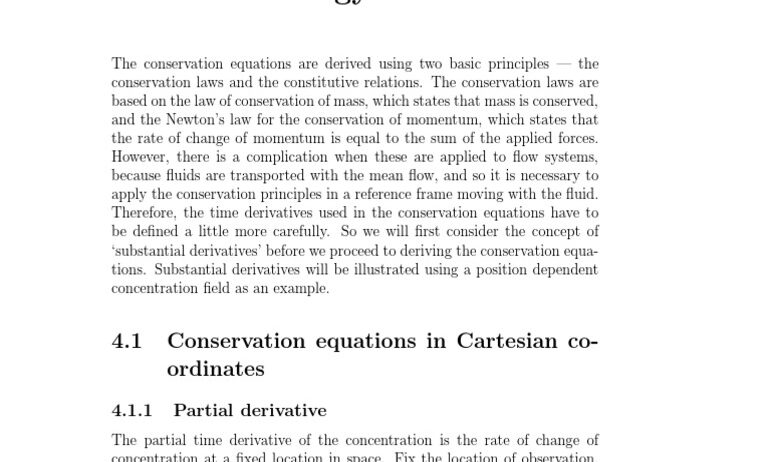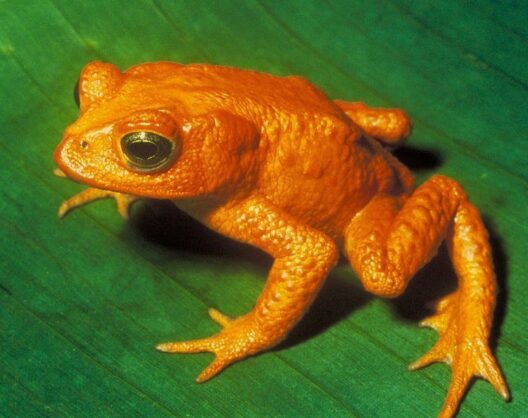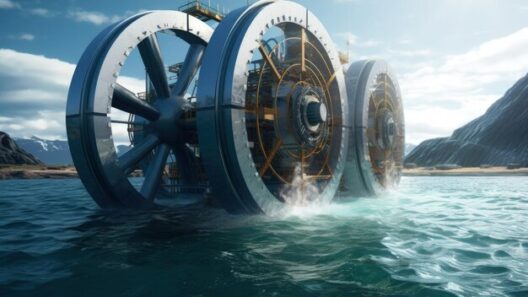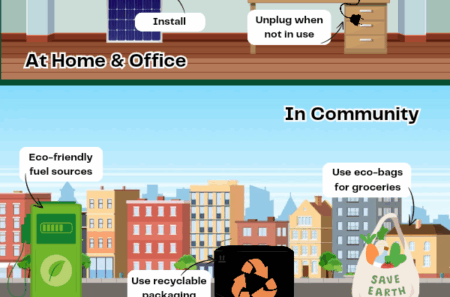Living systems, from the simplest bacteria to the most complex mammals, epitomize the intricate interplay between mass and energy conservation. These principles, rooted in the fundamental laws of physics, offer a compelling lens through which we can examine the mechanisms that sustain life. In understanding how energy and mass are conserved, we not only gain insight into biological processes but also discover the profound interconnectedness of life on Earth.
At the heart of this discussion lies the law of conservation of mass, which states that mass cannot be created or destroyed in an isolated system. In the realm of living organisms, this law manifests in remarkable ways. Every organism is composed of a myriad of molecules, each containing atoms that were once part of other entities—be they plants, animals, or even the earth itself. Through processes such as respiration and decomposition, mass is continuously cycled and recycled, contributing to the intricate web of life.
The significance of this conservation process can be best illustrated through the carbon cycle. Atmospheric carbon dioxide is absorbed by plants during photosynthesis, which transforms it into glucose—an essential building block of life. Herbivores then consume these plants, assimilating carbon into their own bodies. When these animals are eaten by carnivores or when they die and decompose, carbon returns to the atmosphere or soil, ready to be used again. This cyclical movement not only conserves mass but also illustrates the dynamic exchanges within ecosystems.
Energy conservation relates closely to mass conservation in biological systems, epitomized by the law of conservation of energy. This principle asserts that energy cannot be created or destroyed but only transformed from one form to another. In living organisms, energy transformation is crucial for maintaining metabolic functions. Organisms extract energy from the environment—for example, plants capture solar energy, while animals obtain energy by consuming organic matter.
In biochemistry, this transformation is evident when considering the process of cellular respiration. Cells break down glucose in the presence of oxygen to release energy, carbon dioxide, and water. The energy liberated during this reaction is stored in ATP (adenosine triphosphate), a molecule that serves as the energy currency of the cell. Thus, through the intricate processes of metabolism, energy is conserved, transformed, and utilized, allowing organisms to grow, reproduce, and respond to their environment.
One might ponder the question: What happens when an organism dies? A decay process initiated by decomposers such as fungi and bacteria becomes pivotal in the conservation of both energy and mass. These organisms break down complex organic materials into simpler components, a process which not only recycles mass back into the ecosystem but also releases energy that can fuel further biological processes. Nutrients are returned to the soil, which supports new plant growth, perpetuating the life cycle.
Moreover, energy flow within ecosystems is often visualized through food chains and food webs. These structures elucidate how energy moves among various trophic levels. Primary producers, typically plants, harness energy from the sun, while primary consumers—herbivores—obtain energy by consuming these producers. In turn, secondary and tertiary consumers (carnivores) derive their energy from consuming other consumers. The complexities of food webs illustrate not only the conservation of energy but also the intricate connections among different life forms.
However, it is crucial to appreciate that the conservation of mass and energy extends beyond individual organisms and affects entire ecosystems. Ecological interactions, such as predation, competition, and symbiosis, play significant roles in dictating energy flow and mass exchange within environments. Understanding these interactions provides valuable insights into ecosystem resilience and stability.
The interplay of energy and mass conservation also raises poignant questions about the impact of human activity on natural systems. As societies industrialize and grow, the demand for resources escalates, often leading to resource depletion and environmental degradation. The introduction of pollutants disrupts fundamental processes of conservation, with detrimental effects on biodiversity and ecosystem health. Therefore, recognizing the fragility of mass and energy cycles is paramount in promoting sustainability. Through effective stewardship and responsible resource management, we can work to maintain these vital cycles, ensuring that future generations inherit a resilient and thriving planet.
In summary, the conservation of energy and mass is not merely a scientific principle; it is a crucial aspect of living systems that underscores the intricate relationships within and between ecosystems. By delving into processes such as photosynthesis, respiration, and decomposition, we reveal the remarkable ability of life to sustain itself through an elaborate interplay of energy and mass transformations. As stewards of the Earth, understanding these processes challenges us to foster practices that enrich and preserve the delicate balance of our natural world. Embracing this perspective is vital as we navigate the pressing environmental challenges of our time, advocating for policies and practices that honor the interdependence of all life forms.







